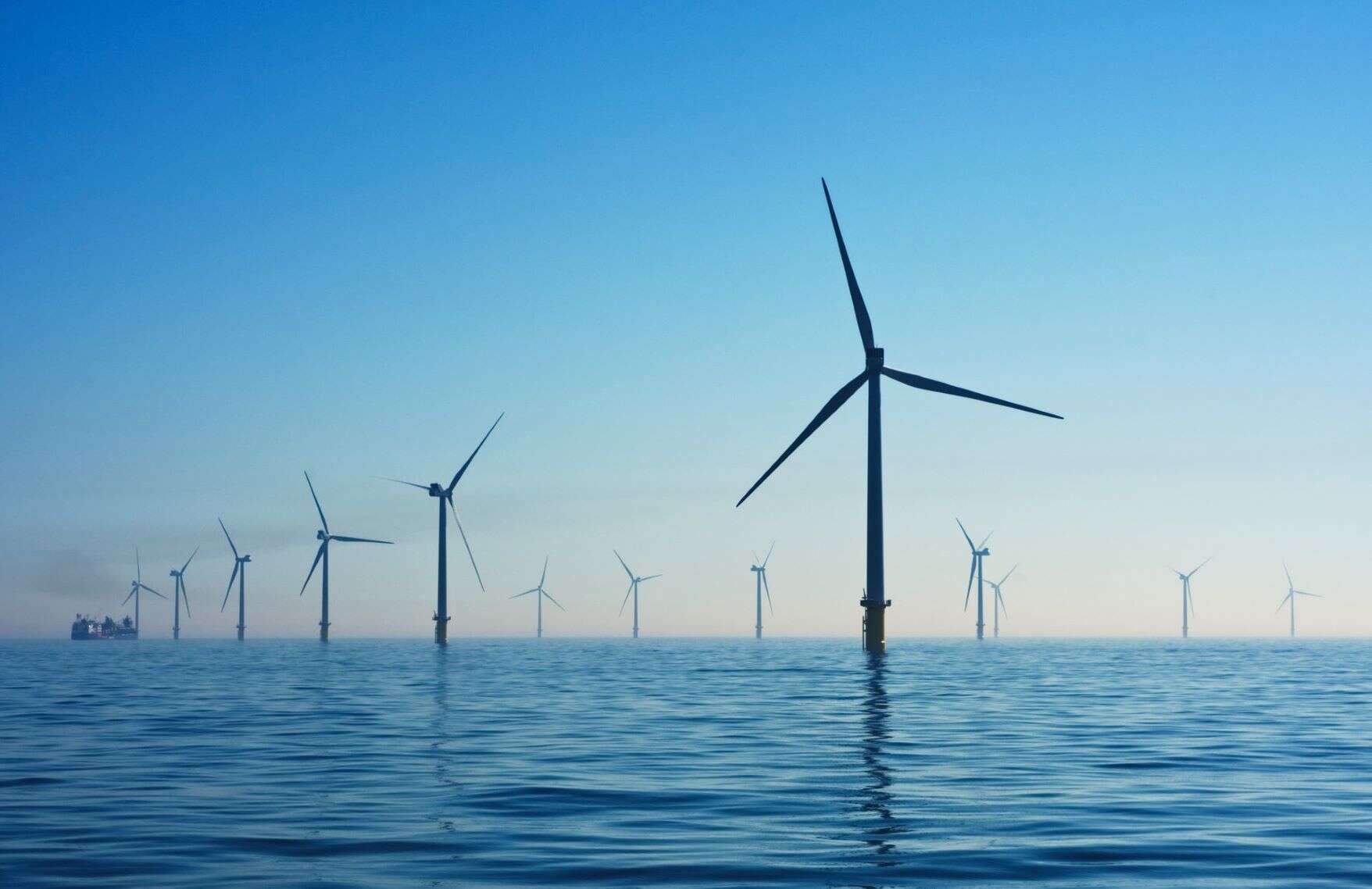
Amazon plans to build a 115 MW wind farm project in Ardderroo, Ireland, to help offset the energy consumption of its data centres in the country.
The wind farm project joins two others in Esk, Cork, which will come online in September 2020, and Meenbog, Donegal, to follow in early 2022. The trio of wind farms will add 229 MW of renewable energy to the Irish grid each year.
“We have committed to offtake 100% of the power from these projects without relying on public funding”, Amazon said, announcing the project today.
“We were the first organization in Ireland to sign unsubsidised Corporate Power Purchase Agreements (CPPAs). We… continue today with our third and largest CPPA … These three Amazon renewable projects help Irish energy consumers avoid an estimated €229M Public Service Obligation (PSO) subsidy cost on their energy bills.”
Read this: AWS: We’re (Still) Going 100% Renewable
The project will make Amazon the largest single corporate buyer of renewable energy in the country, and comes as the company aims to achieve net zero carbon emissions by 2040, ten years ahead of the global Paris Agreement.
The world’s major tech firms, all heavy users of power, are working hard to showcase their environmental credentials as global warming escalates. Earlier this year Microsoft launched an ambitious programme to aggregate environmental data from around the world and put it to work in what it is terming a Planetary Computer.
Amazon in June released its updated sustainability goals, and said it aims to hit 100% renewables by 2025; five years earlier than planned. The company has 31 “utility-scale” wind and solar projects globally, generating approximately 2,900 MW annually.
(It lags Google however — which hit 100% renewables in 2018 — and Microsoft, which aims to be carbon negative by the end of this decade.)
Among other environmental innovations, the company says it is redesigning the roofs of its data centres to capture rainwater for cooling. Amazon said it already uses direct evaporative cooling systems, which draw on outside air to cool our servers.
The design means its newest data centres use just one thousand cubic metres of water for cooling annually, per data centre: “Our goal is to be able to cool our data centers without taking any water from the local supply”, the company said today.
See also: Microsoft Vows to Build a ‘Planetary Computer’: Here’s What it Means






